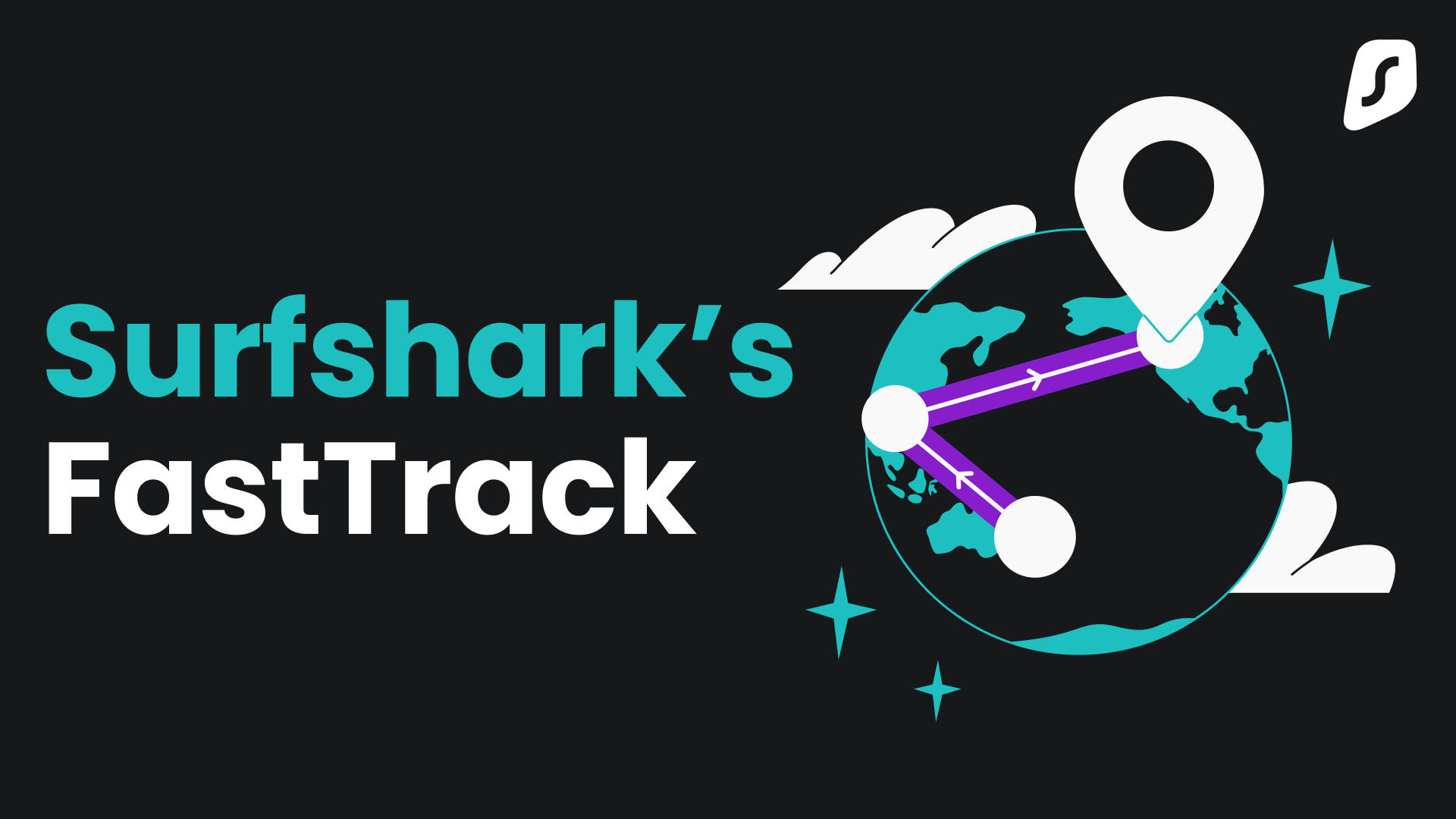Whether you’re streaming your favorite shows, engaging in a high-stakes online game, or participating in a crucial video conference, the quality and safety of your internet connection can make or break your experience. Virtual private networks (VPNs) have long been a trusted tool for online security, but at Surfshark, we’re taking it a step further. We’re excited to introduce our latest feature: real-time VPN route optimization for enhanced internet performance.
Understanding internet speed and latency
Before diving into our solution, let’s grasp the basics of internet speed and latency. Internet speed determines how much data you can send or receive per second, while latency measures how quickly data travels between two points. The quicker the response time — the better.
Together, these factors dictate how smoothly your internet connection supports various online activities.
Introducing Surfshark’s route optimization solution
While many VPN providers offer high-speed connections, Surfshark takes it a step further. Our innovative solution continuously evaluates different routes in real-time. By monitoring connection speed across our entire network, we can identify the most efficient paths available at any moment. When network conditions change, our system adjusts the path to ensure your data always travels along the most optimized and stable pathways, resulting in better internet performance and speed.
We have implemented this optimization in our three key locations: Sydney (Australia), Vancouver (Canada), and Seattle (the US), so you can expect better VPN performance — with speed increases up to 70% — when connecting to servers located in these cities.
How does it all work?

Our solution is built on Surfshark Nexus, a unique multi-server routing system that connects users to an entire network of servers rather than a single VPN tunnel, enhancing security and stability.
At the heart of this system are our globally distributed probes, which function like messengers. They check the speeds and latency from their perspective and return this information.
We actively test multiple path combinations using Nexus to identify the most efficient routes. Collecting and analyzing real-time speed data ensures that user traffic is directed along the optimal paths, delivering the best possible performance for everyone.
Why does it matter?
Even with the best internet quality, network performance gets worse the longer the path is. For example, connecting from Miami to Detroit, you will probably maintain fast internet speeds. However, they will most likely drop when connecting from Miami to Sydney.
Our solution optimizes both speed and a consistent, high-quality connection. By actively managing user routes, we enhance connectivity and overall user experience.
For example, due to the layout of global network infrastructure, a data packet traveling from one city to another may be routed through multiple cities, countries, or even across continents and under oceans, if those paths offer less congestion or faster transmission speeds.
By actively optimizing these data paths and leveraging the most efficient routes, we can maximize connection speed. This optimization ensures that users consistently experience the best possible network performance, regardless of their physical location.
How to use it
At the moment, the solution will only be released for macOS devices. If you’re using macOS with the latest Surfshark app, all you have to do is connect to one of three key locations (Sydney, Seattle, or Vancouver), and our system automatically evaluates and selects the best possible routes for your connection.
Our routing solution works automatically when you connect through the Surfshark app, operating behind the scenes to ensure your data travels along the most efficient paths. You can identify the optimized locations by looking for the FastTrack icon next to Sydney, Seattle, and Vancouver in the server list.
Note: If you don’t see the icon, don’t worry. It simply means that at the time of connecting the most optimized route for you is to connect directly, rather than through multiple servers. To be transparent with our users, we only display the FastTrack icon when a user would benefit from connecting via it.


